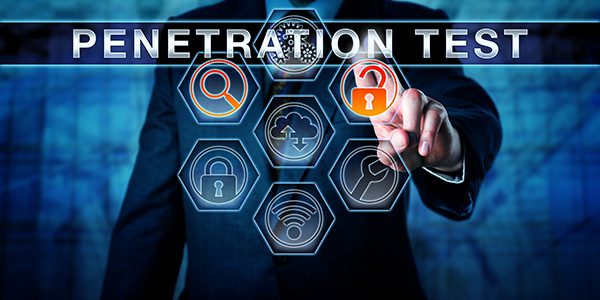What is Autonomous Penetration Testing?
Is different from other penetration testing (pentesting) providers – combining the lower cost and high frequency testing capabilities of automated pentesting with the expertise, thoroughness, and precision of manual pentests performed by highly skilled security professionals. The result is an ability to run continuous purple teaming exercises at a low annual cost. Pentesting has evolved from manual, to crowdsourced, to automated, and now autonomous.
Manual pentesting requires a trained security resource using commercial and specialized tools to explore an application or system and identify weaknesses. The effectiveness (and cost) of a manual pentest is dependent on the time allotted to the test and the skill of the pentester, leading many organizations to save costs by providing credentials to pentesters. While the results are much cleaner than in an automated pentest, remediation advice is often limited. Further, the high cost of manual pentests prevent organizations from using them frequently, such as after a system is patched to ensure the update was completed correctly.
Crowdsourced pentesting includes manual pentests, but rely on a network of independent security researchers who are paid “per vulnerability identified” (plus a platform fee to the vendor). Crowdsourced pentests have the advantage of being open ended, meaning – in theory – you can have people searching for issues every day for months. They can be quite expensive if there are large numbers of vulnerabilities, and findings often lack proof of exploitability (e.g., unpatched systems, open ports, etc.) leading development teams to spend time on non-critical issues.
Automated pentesting is a simple “point and click” approach using commercial dynamic analysis tools. The tool is provided a URL or IP address and spiders the application to identify fields where a malicious user could input data. The tool then “fuzzes” data to the fields to attempt to prove the presence of input validation weaknesses that could be exploited by a skilled attacker or overwhelm the application in a denial of service attack. These tests normally run in a day or two and generate much “noise”; unproven results that defenders must research to determine if they require remediation.
First Team Cyber’s Autonomous pentesting combines the benefits of automated pentesting; more frequent testing, lower costs, and no requirements for internal security expertise, with those of manual pentests; more complete coverage of the application and proven exploitability. Autonomous pentesting does not require credentials to start. It can chain together weaknesses like a skilled adversary and automatically generate attack trees to isolate the root cause of an exploit. This allows defenders to understand precisely what changes are needed to protect an application.
Get Started Today https://www.firstteamcyber.com/autonomous-penetration-testing/

